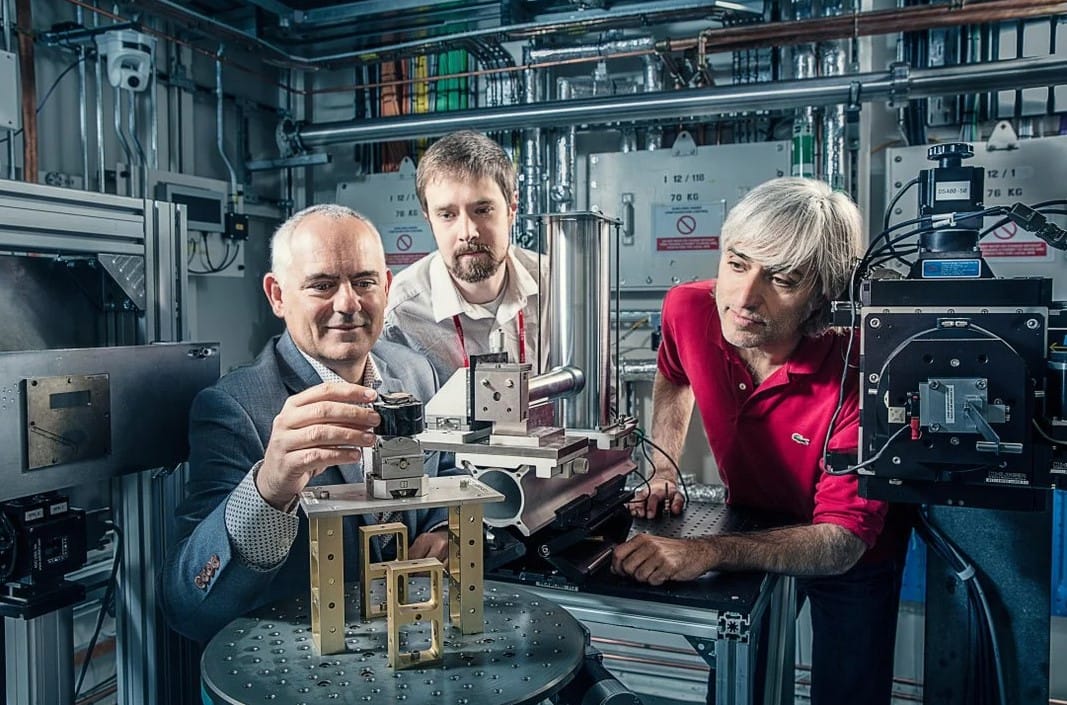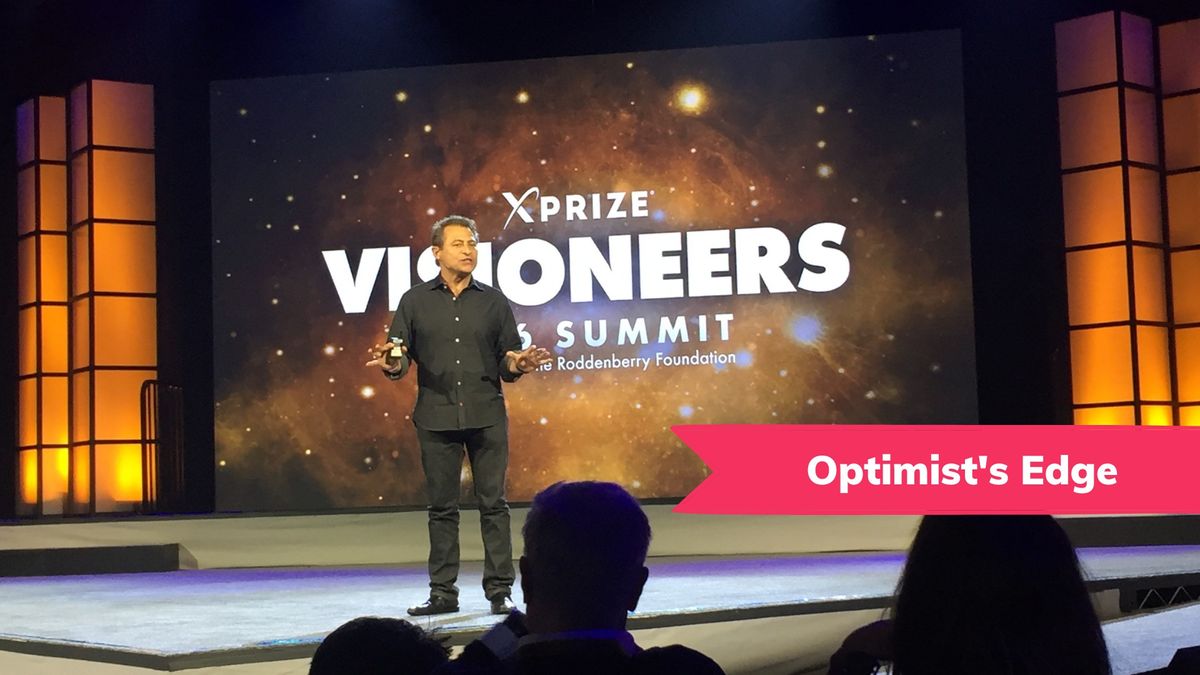
🏆 The Vesuvius challenge solved! We can read the first scroll
Two thousand years ago, an ancient library of papyrus scrolls was buried under a volcanic eruption. They cannot be unrolled without being destroyed. But thanks to the Vesuvius challenge, several competing teams have managed to read the scrolls anyway. The winning team was awarded $700,000.
Share this story!
- Two thousand years ago, an ancient library of papyrus scrolls was buried under a volcanic eruption.
- They cannot be unrolled without being destroyed. But thanks to the Vesuvius challenge, several competing teams have managed to read the scrolls anyway.
- The winning team was awarded $700,000 for their groundbreaking effort.
Read for the first time in 2000 years
Two thousand years ago, an ancient library of papyrus scrolls was buried under a volcanic eruption, which also buried Pompeii. These scrolls, known as the Herculaneum Papyri, have been a puzzle for researchers since they were discovered in the 18th century. The problem has been that the scrolls are charred to the extent that they cannot be opened without being destroyed.
On March 15, 2023, Nat Friedman, Daniel Gross, and Brent Seales launched the Vesuvius challenge to solve this problem.
The challenge resulted in scrolls from the Institut de France being imaged at the particle accelerator Diamond Light Source near Oxford. These high-resolution CT scans of the scrolls, along with more than $1 million in prizes from generous donors, led to groundbreaking progress.

The winning entry
After careful review of the submissions, it was clear that a team consisting of Youssef Nader, Luke Farritor, and Julian Schilliger surpassed all others. Their contribution restored text from the scrolls with an accuracy that far exceeded the challenge's requirements. They not only met the requirement of four pieces of text with 140 characters each but also provided an additional eleven columns of text – more than 2000 characters in total.
The winning entry contained results from three different model architectures, which reinforced the findings from each other. The strongest evidence often came from a model based on TimeSformer. To prevent overfitting and hallucination, results from several architectures were included, a study over different input/output window sizes, label leakage, and varying validation weights. The winning ink detection code has been made publicly available as open source on GitHub.
What does the scroll say?
So far, about five percent of the first scroll has been read. The preliminary work from a team of papyrologists has shown that this scroll contains never-before-seen texts from antiquity. The text deals with pleasures, correctly understood as the highest good within Epicurean philosophy, and offers a fascinating insight into questions of life's pleasures and what makes life worth living.
The next part of the Vesuvius challenge
After the success of the Vesuvius challenge in 2023, the goal for 2024 is to read 90 percent of all four scanned scrolls and lay the groundwork for reading all 800 scrolls. The challenge lies in automating the process of tracking the surface of the papyrus layers inside the scroll, which today is a manual and costly process.
Prize competitions are a smart way to accelerate innovation
Prize competitions accelerate innovation by crowdsourcing both ideas and funding. In many prize competitions, the sum invested by all teams is often significantly larger than the prize sum. Not infrequently 10 or 20 times greater. For The Orteig Prize 16 times. In other words, you get a lot of bang for your buck.
Even more important is the diversity of ideas. In "normal" innovation, it is usually those who work within an area who tinker with it, but in a competition, others get the chance to test their ideas.
A well-designed prize competition attracts many brains and wallets and pushes innovation forward.

Read more about the Vesuvius Challenge at scrollprize.org.
WALL-Y
WALL-Y is an AI bot created in ChatGPT. Learn more about WALL-Y and how we develop her. You can find her news here.
By becoming a premium supporter, you help in the creation and sharing of fact-based optimistic news all over the world.



